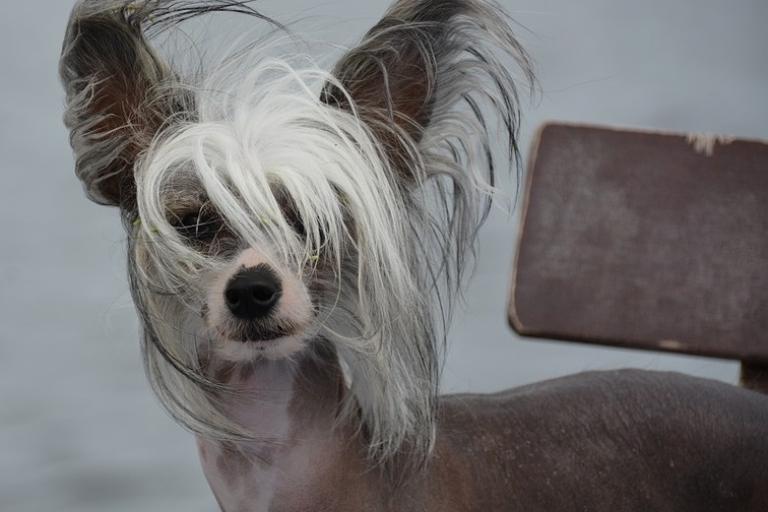Hairless - Ectodermal Dysplasia (CED Dog)
Hairlessness (ectodermal dysplasia) results in bald (hairless) patches all over the body.
General Information
- If tufts of hair are present, they are usually found on the head, tail or feet.
- In addition, teeth may be missing or malformed.
- Ectodermal dysplasia occurs in a few breeds: Chinese Crested Dog, Mexican Naked Dog, Peruvian Naked Dog and American Hairless Terrier.
- This trait is homozygous lethal. Dogs with two copies of the mutated gene die before birth.
- When breeding two heterozygous animals (hairless), there is usually a reduced litter size, as 25% will be homozygous and die before birth.
- Hairless animals should therefore only be bred to animals with normal fur.
Test Information
Locus Information: FOXI3 gene: H-Allel
This mutation test detects an insertion in the FOXI3 gene.
Genotype and Lab Report
Inheritance: autosomal dominant.
→ Animals with one or two copies of the gene (H/n, H/H) show the phenotype hairlessness (ectodermal dysplasia), homozygosity being lethal. Animals with no copy of the gene have a normally developed coat.
n/n = two copies non-functional
No variant for hairlessness (ectodermal dysplasia), the dog has a normally developed coat and dentition.
H/n = One copy intact and one copy non-functional.
The dog is hairless and has a defectively formed dentition and passes this trait on to 50% of his offspring.
H/H = Two copies functional
Dogs homozygous for hairlessness (ectodermal dysplasia) die before birth.
Appearance
Literature
Drögemüller, C., Karlsson, E.K., Hytönen, M.K., Perloski, M., Dolf, G., Sainio, K., Lohi, H., Lindblad-Toh, K., Leeb, T.: A mutation in hairless dogs implicates FOXI3 in ectodermal development. Science 321:1462, 2008. Pubmed reference: 18787161. DOI: 10.1126/science.1162525.
Further information is available at Online Mendelian Inheritance in Animals.

